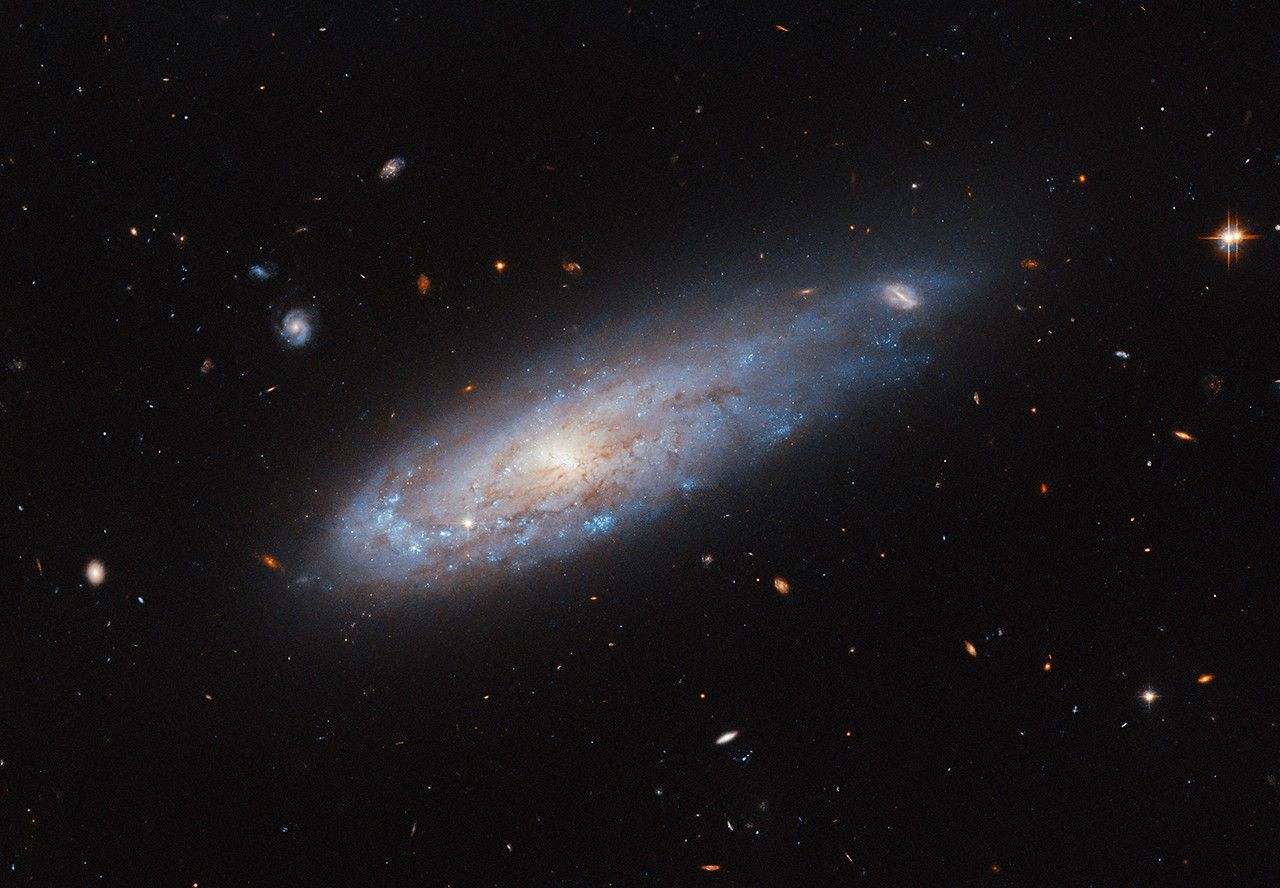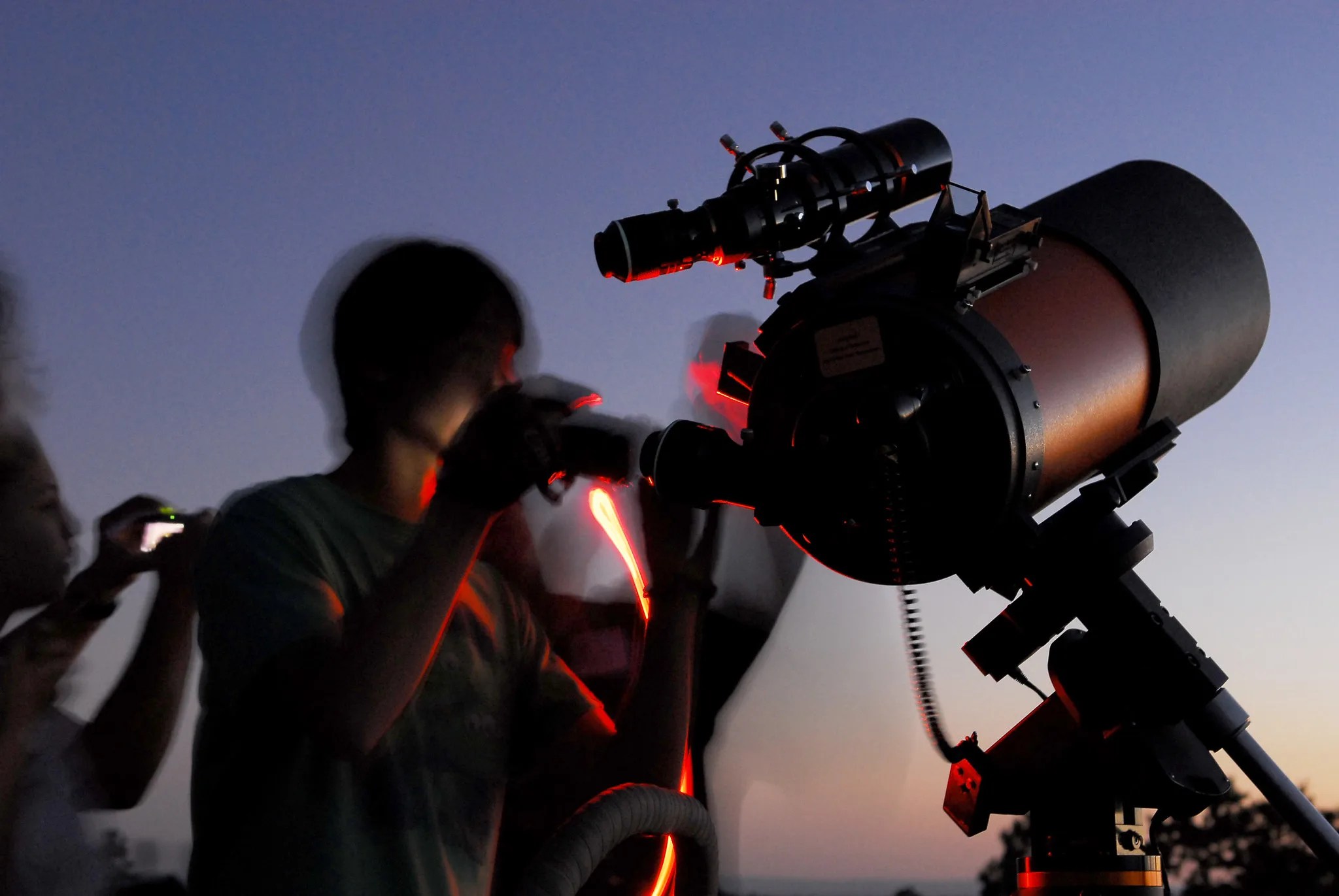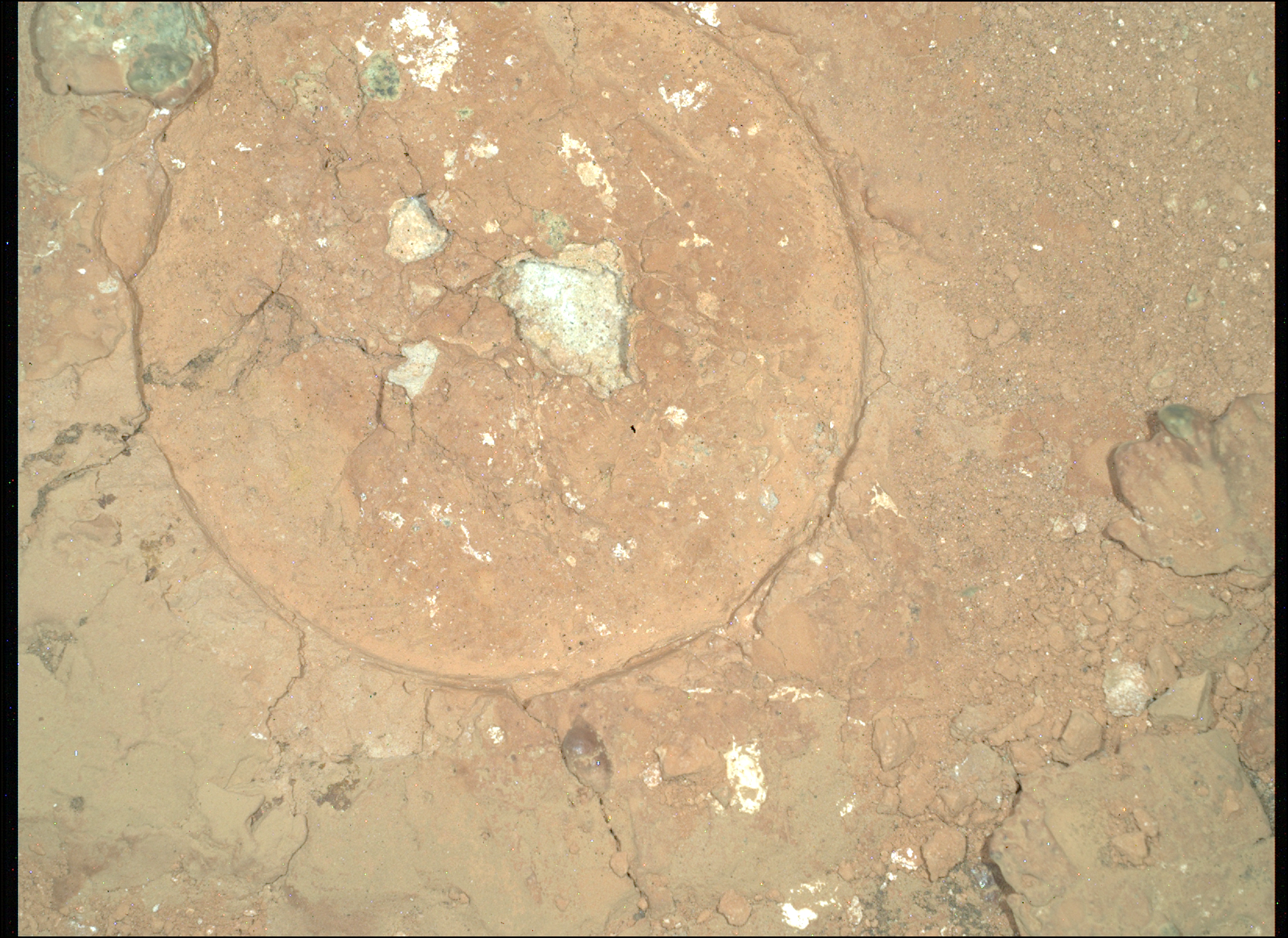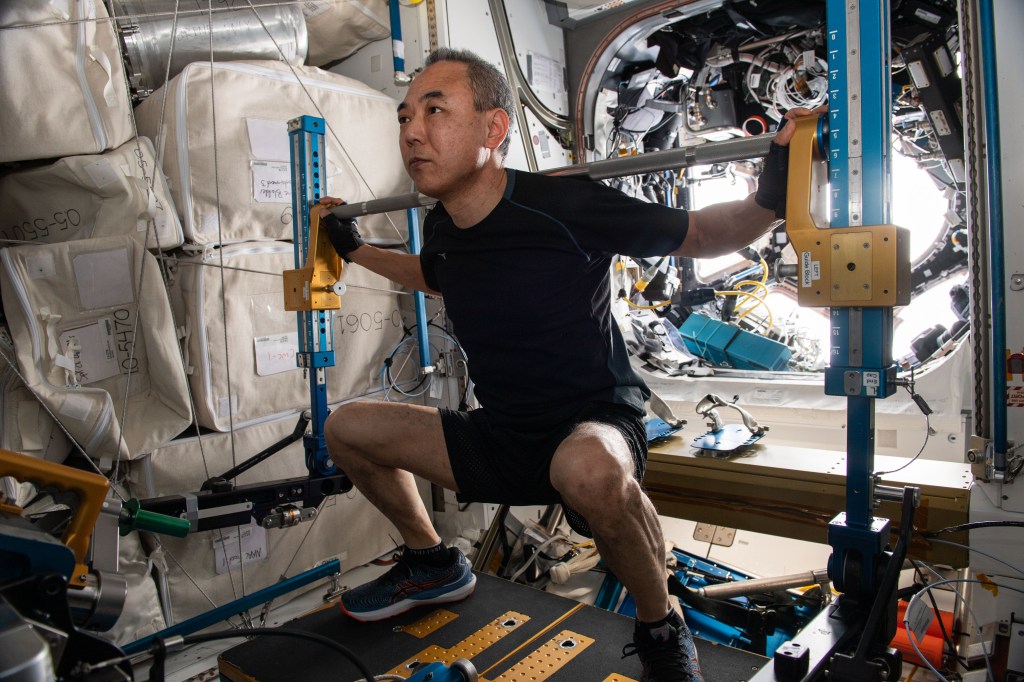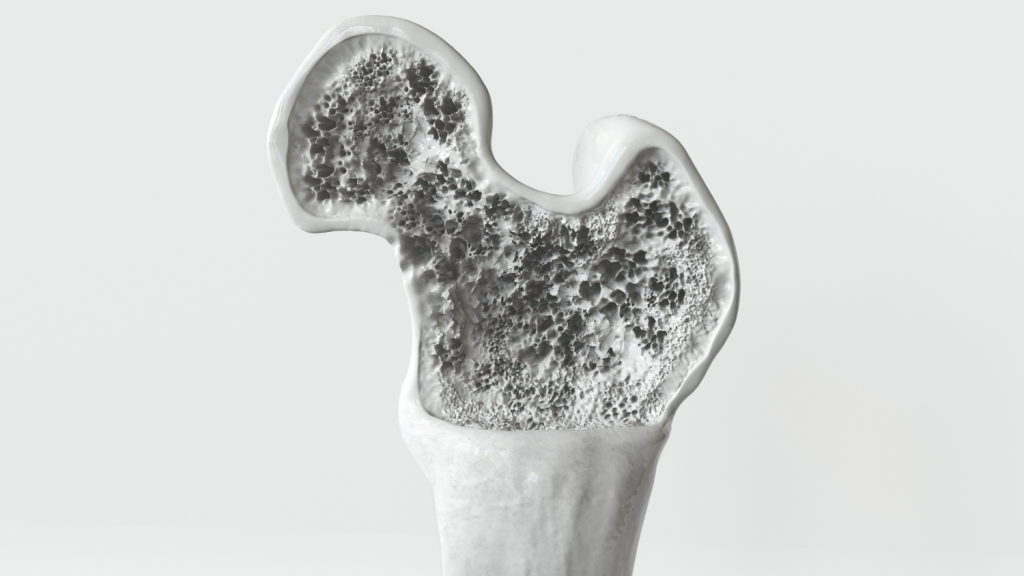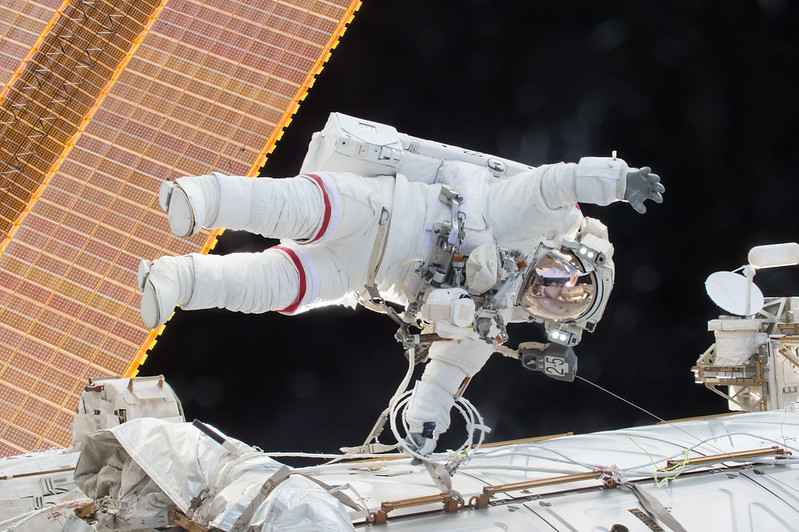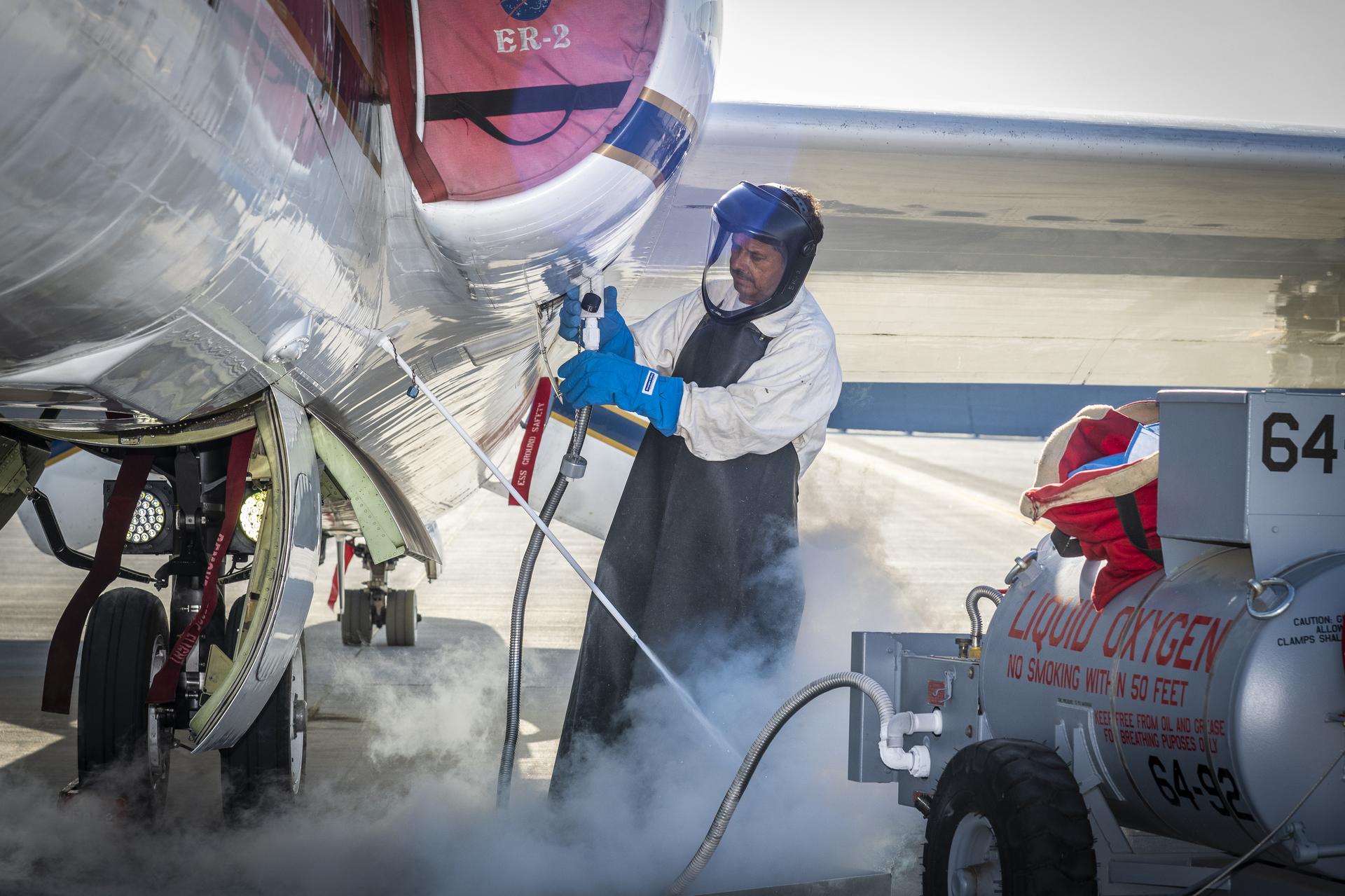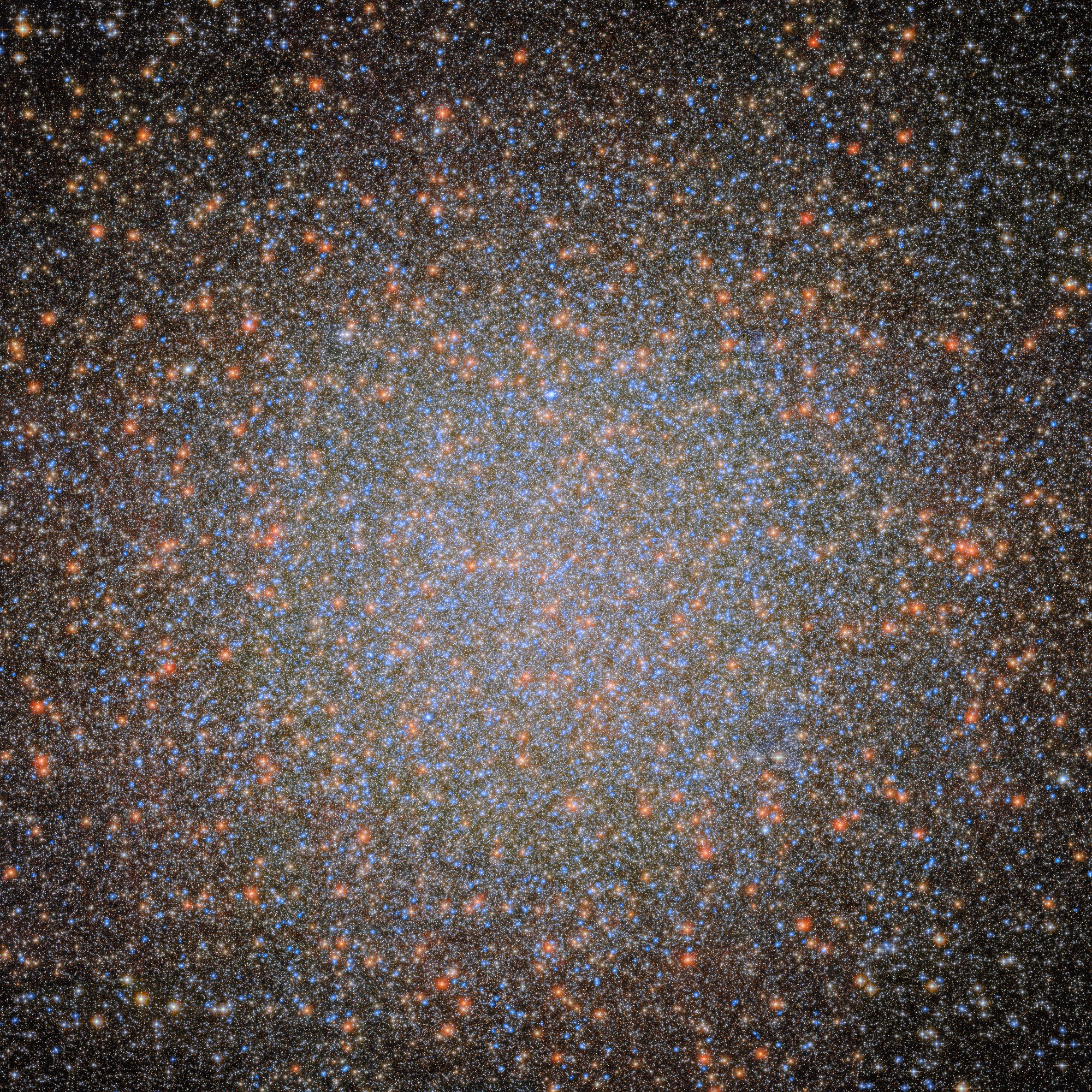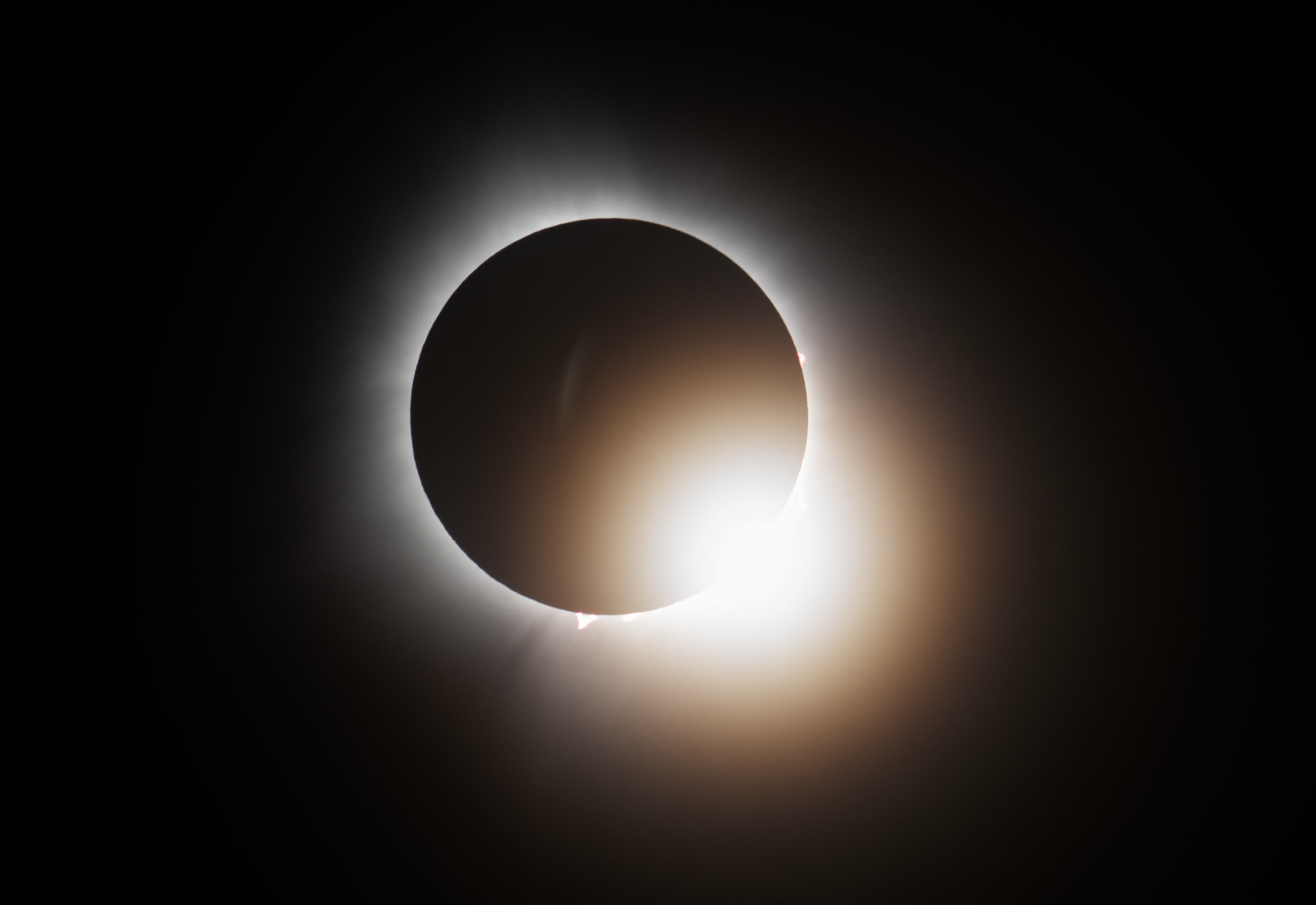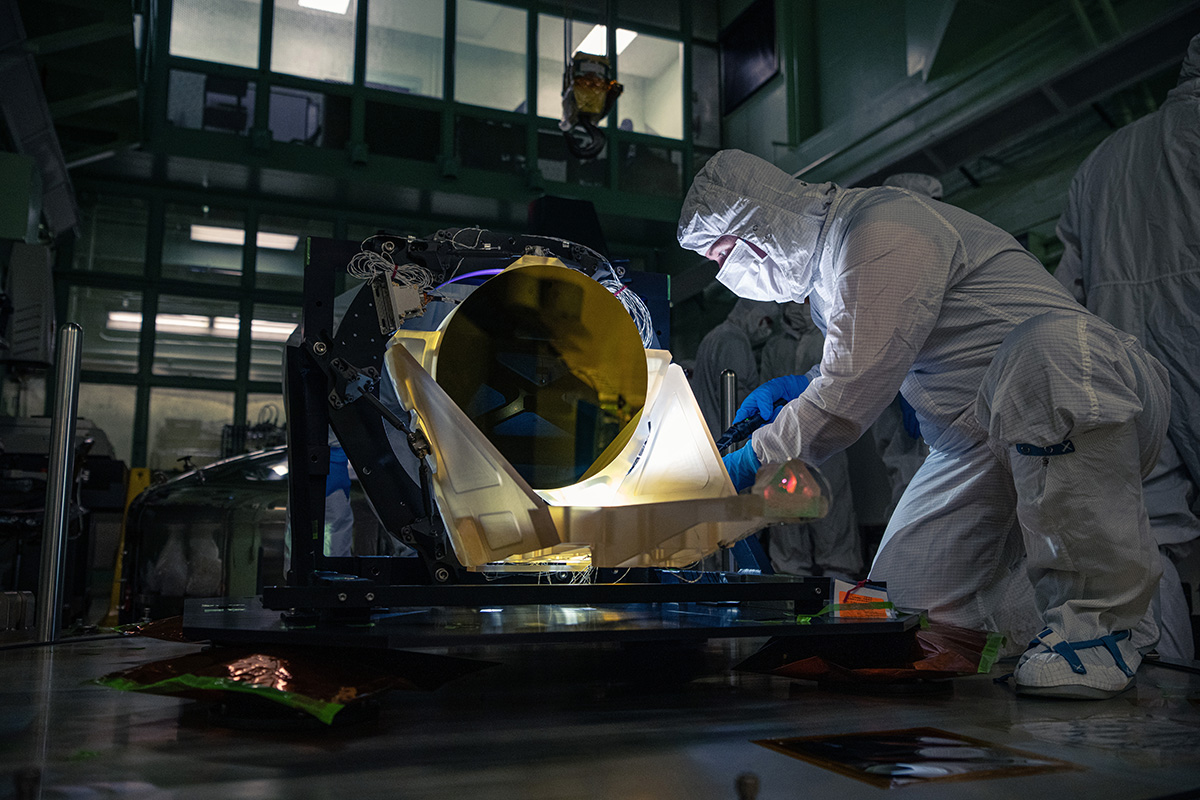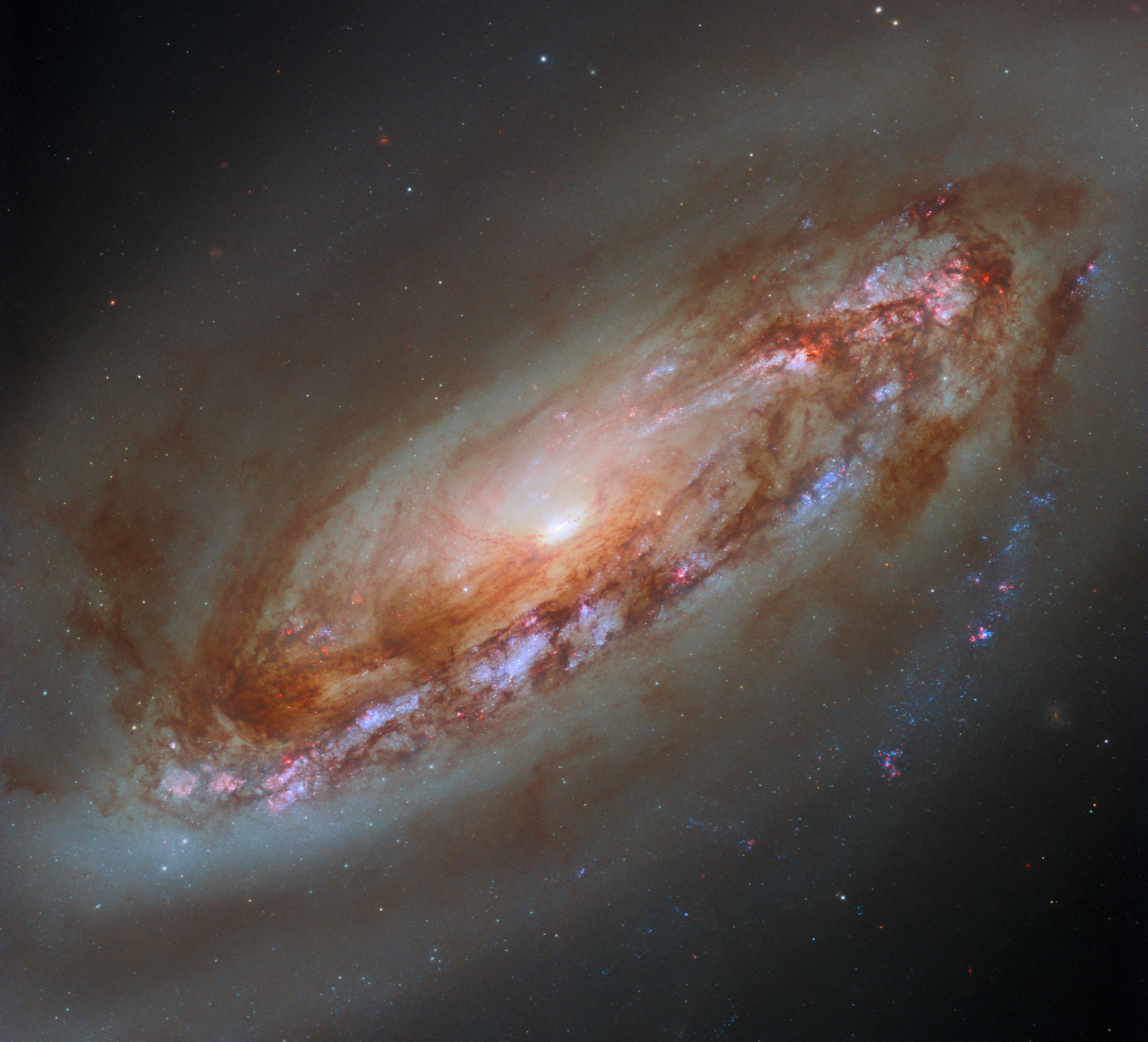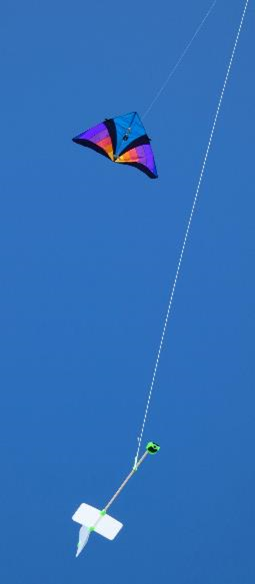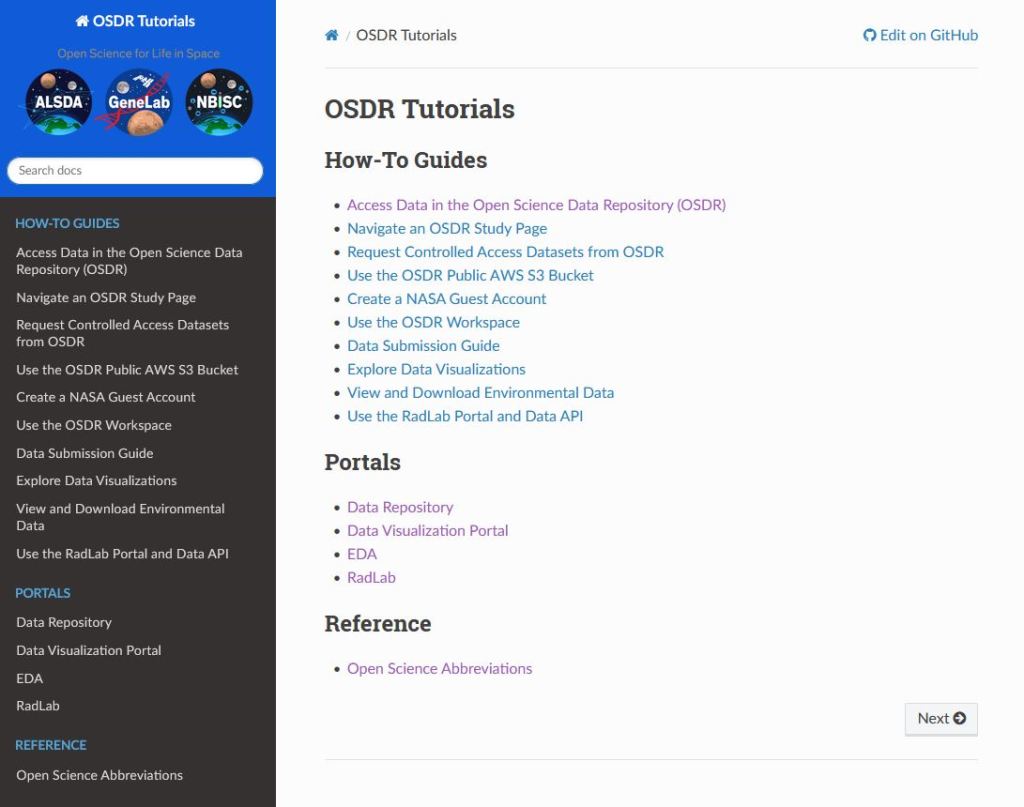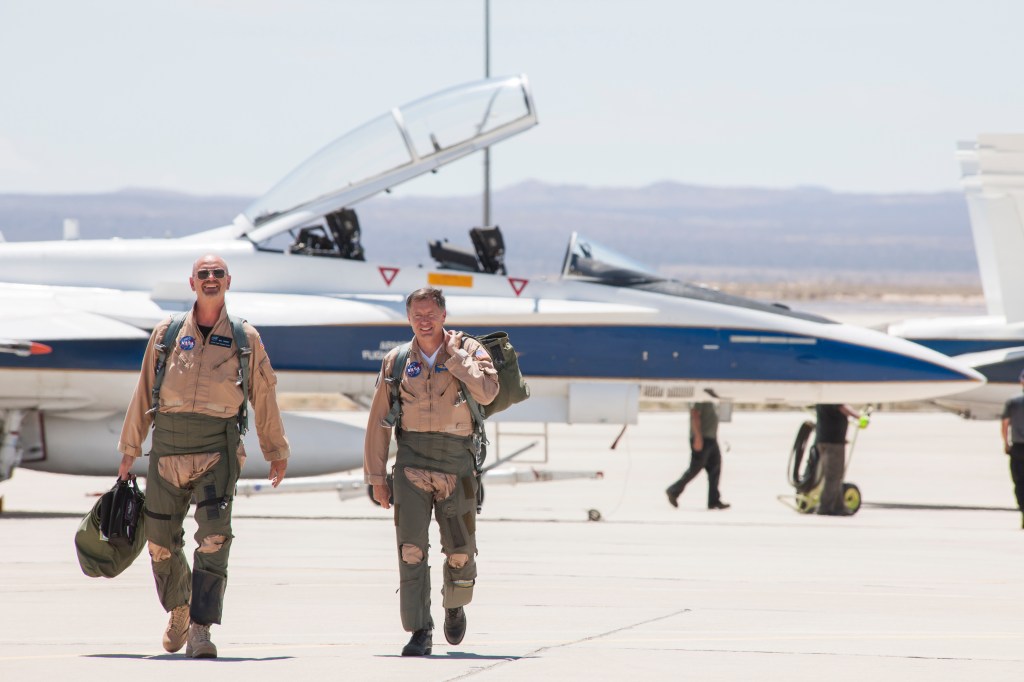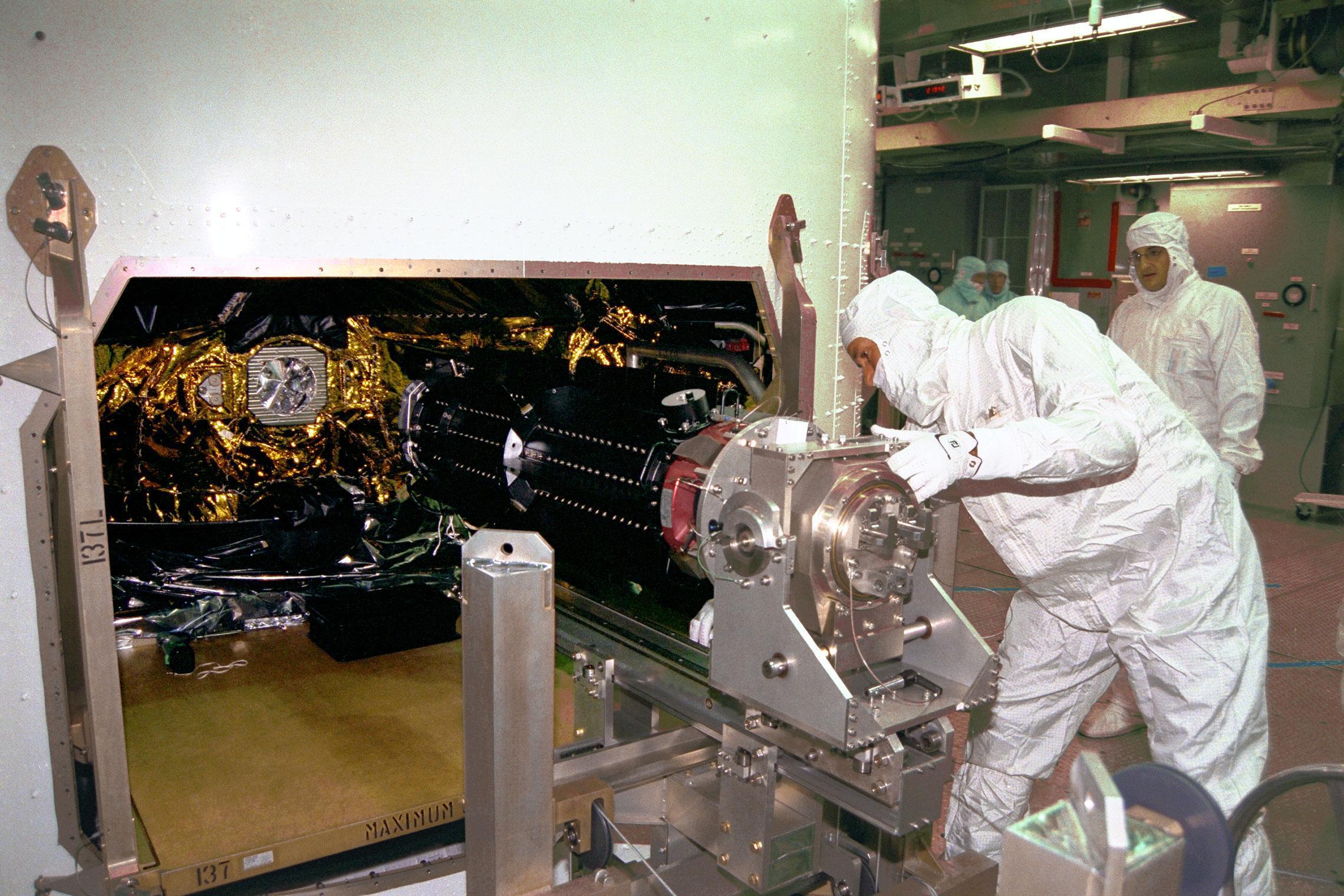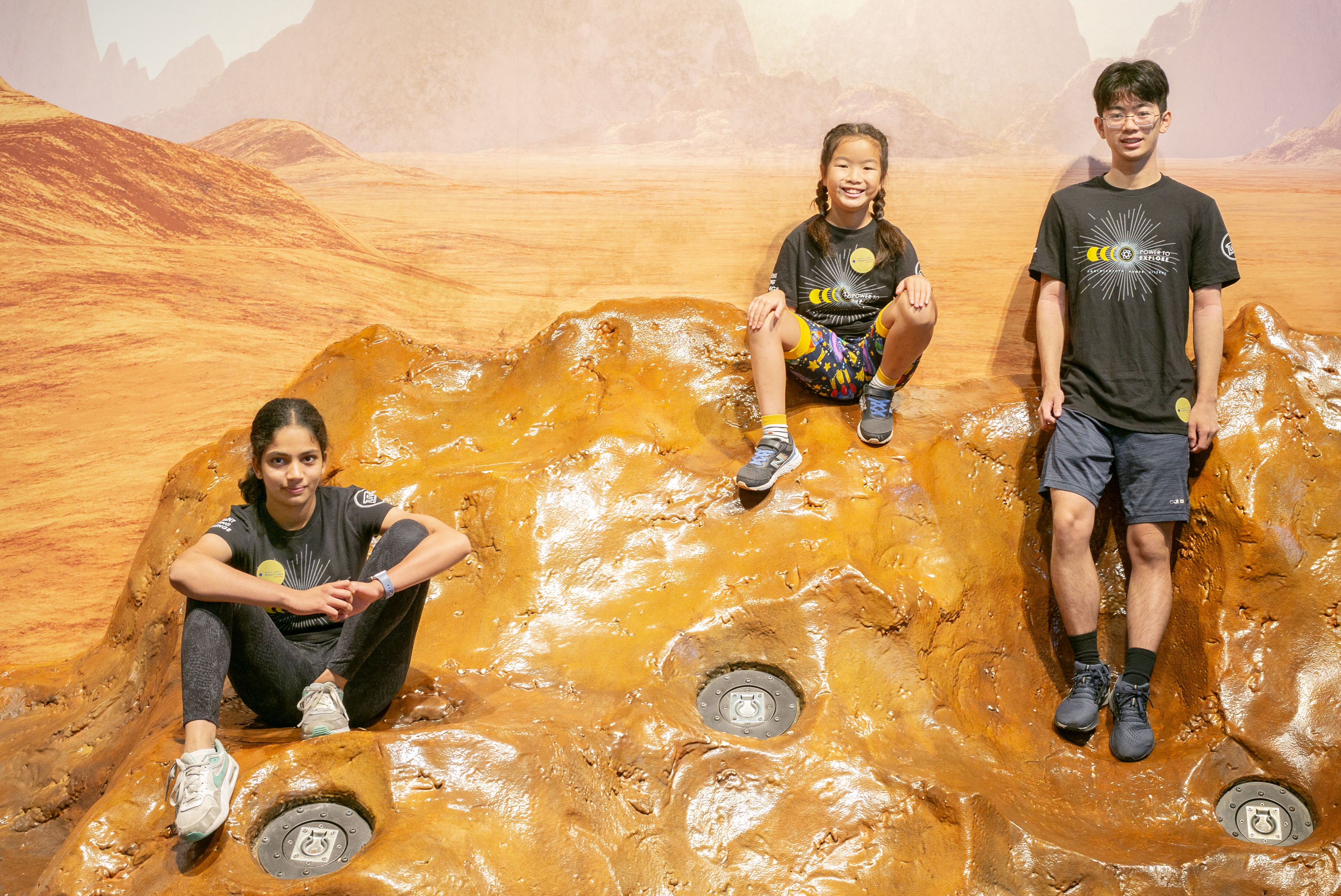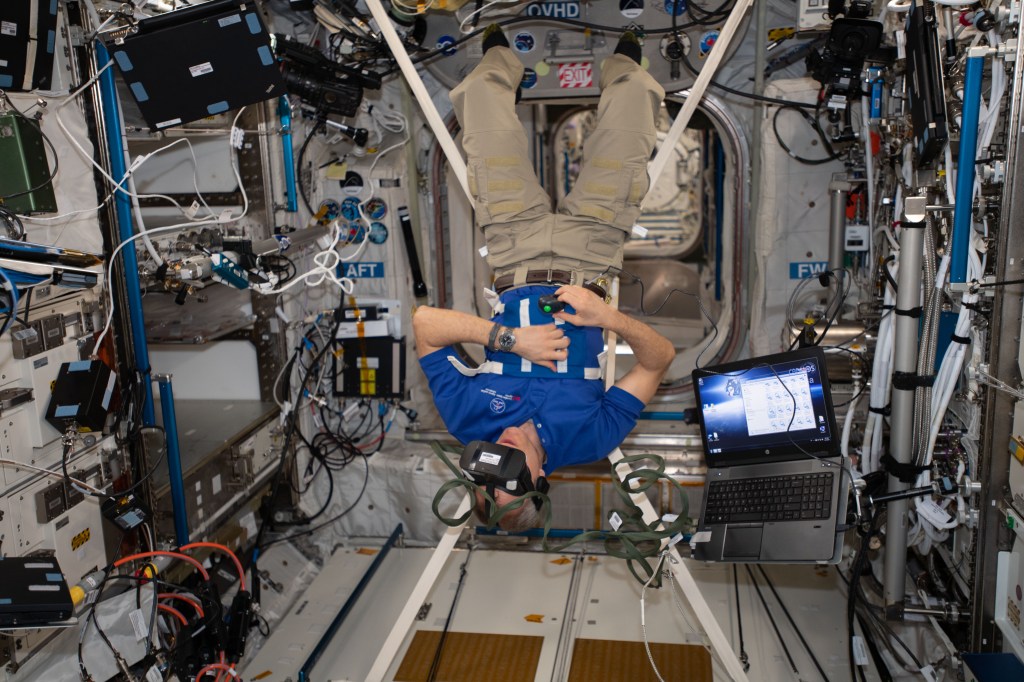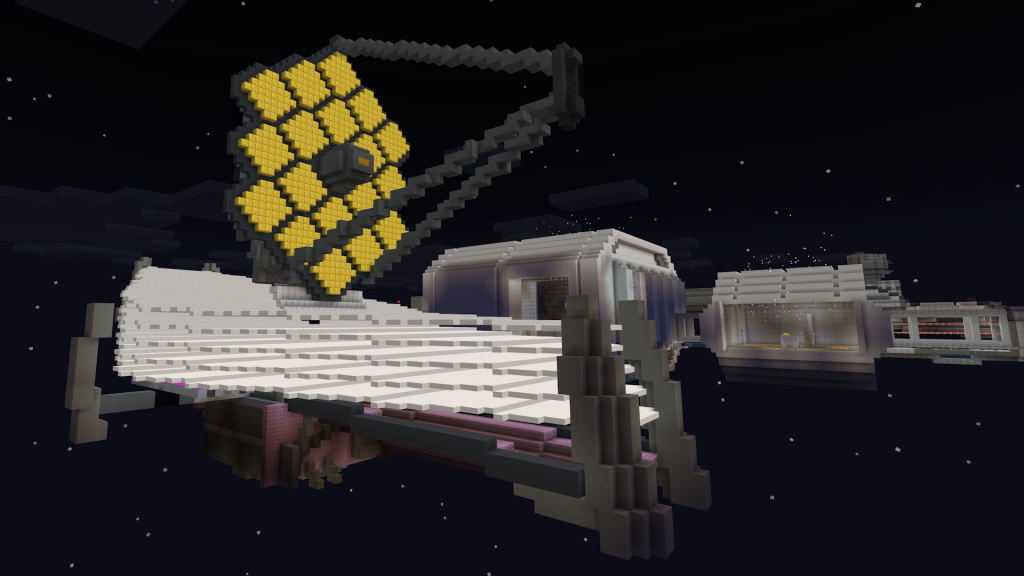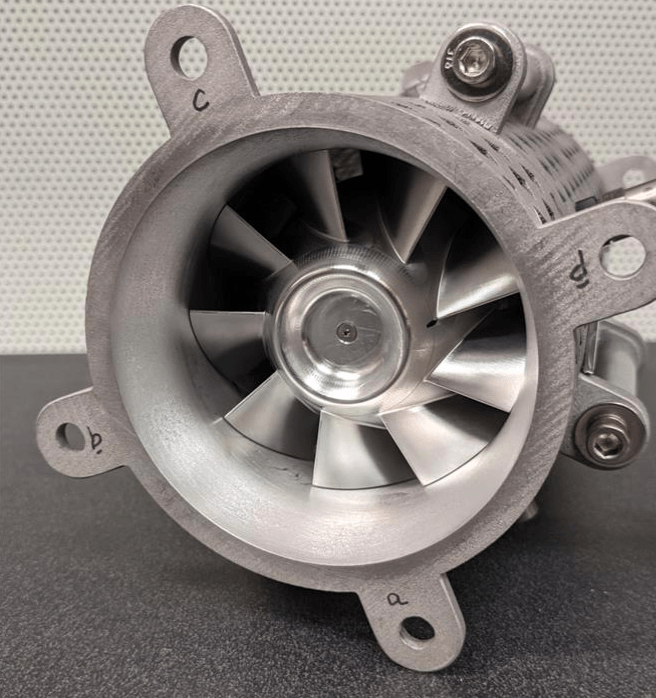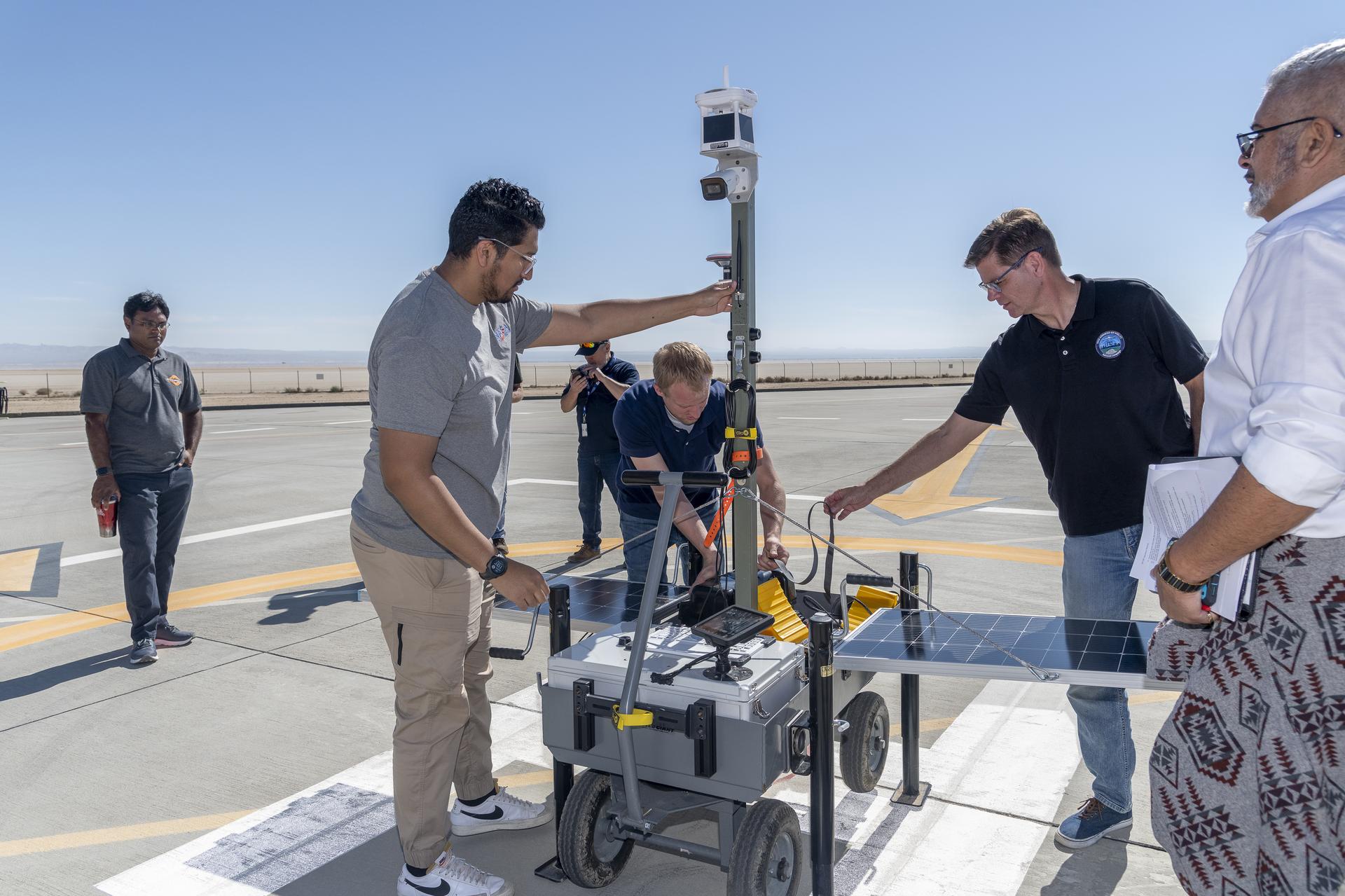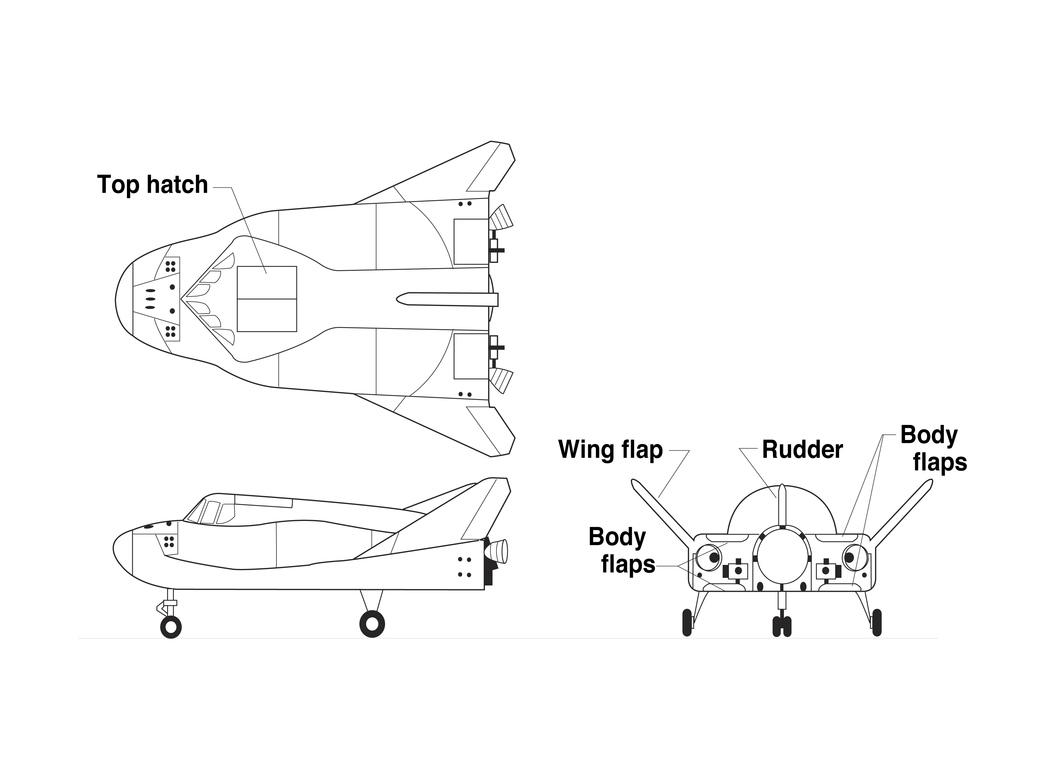EG-0054-01
NASA scientists have studied the lifting body concept – wingless aerospace vehicles that derive stability and lift from fuselage shape alone – since the early 1960s. Several configurations were tested at what is now Armstrong Flight Research Center between 1963 and 1975. Russian designers experimented with a lifting body concept called MiG105-11 during atmospheric approach and landing trials in the 1970s, and tested a subscale, unmanned model called Bor-4 that was launched into space and recovered in the Indian Ocean in the early 1980s.
After seeing photographs of Bor-4, researchers at NASA’s Langley Research Center, Hampton, Virginia, reverse-engineered scale models and tested them in wind tunnels. The results led to a Langley-designed concept called the HL-20, which was proposed as a Personnel Launch System to send six- or eight-person crews to a future space station in low Earth orbit. HL-20 studies continued from 1989 to 1993; no flight hardware was built, but NASA, North Carolina State University and North Carolina A&T University sponsored construction of a full-scale mock-up in 1990. Engineers at Armstrong briefly revived the concept in 1997 with a proposal to increase the vehicle’s size by 42 percent (a configuration designated HL-42).
In 2006, a company called SpaceDev signed a licensing agreement with NASA to use the HL-20 concept as the basis for a commercial space vehicle called Dream Chaser. After Sierra Nevada Corporation acquired SpaceDev in 2008, the company continued to pursue the concept as a contender in the Commercial Crew Program (CCP) to provide cargo and crew transportation to the International Space Station. A prototype Dream Chaser vehicle underwent captive carry tests beneath a helicopter at Armstrong in 2012, and performed a single, un-crewed approach and landing test in October 2013. Despite passing several important milestones, NASA ultimately selected the SpaceX Dragon and Boeing’s CST-100 for further CCP development.


